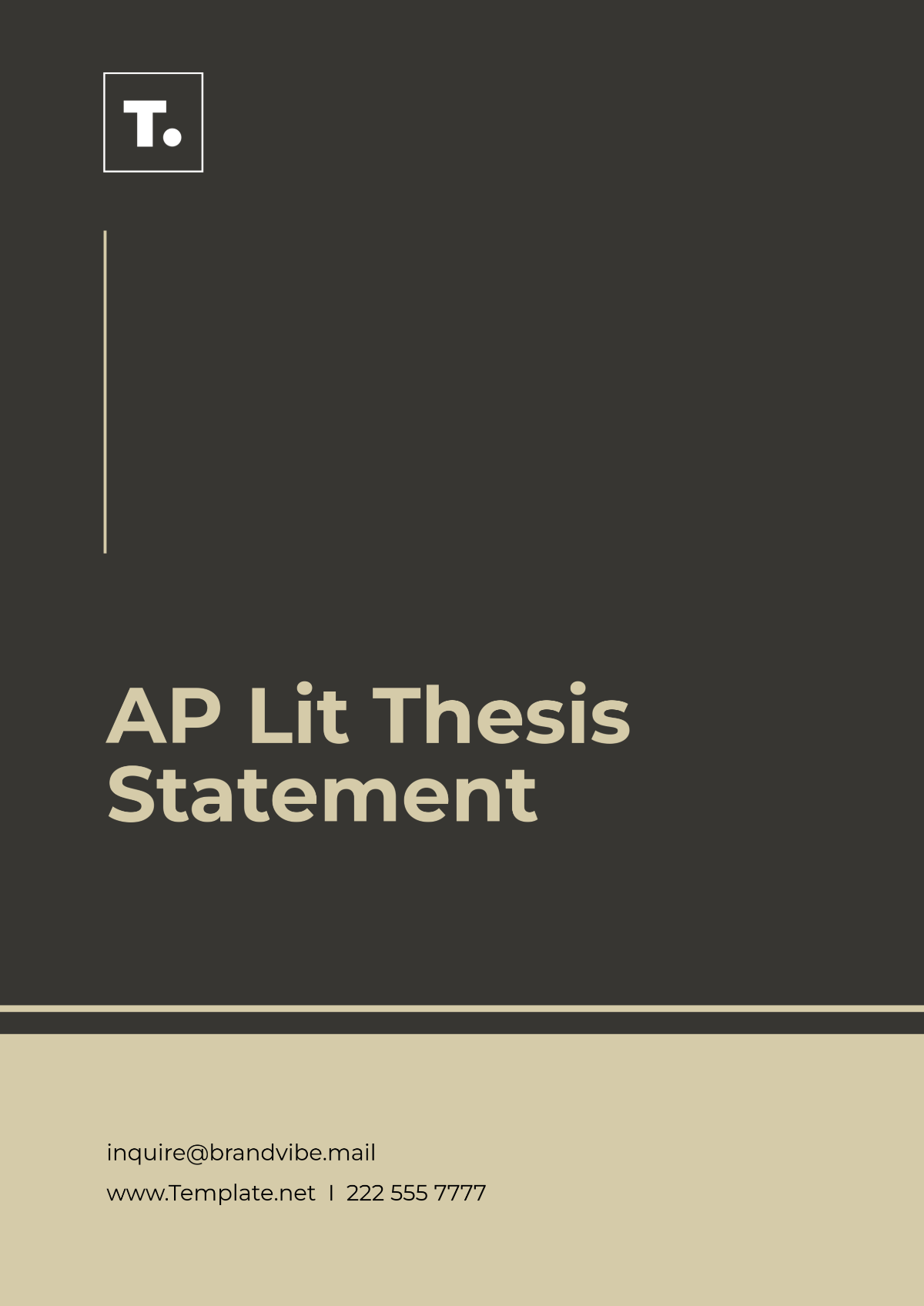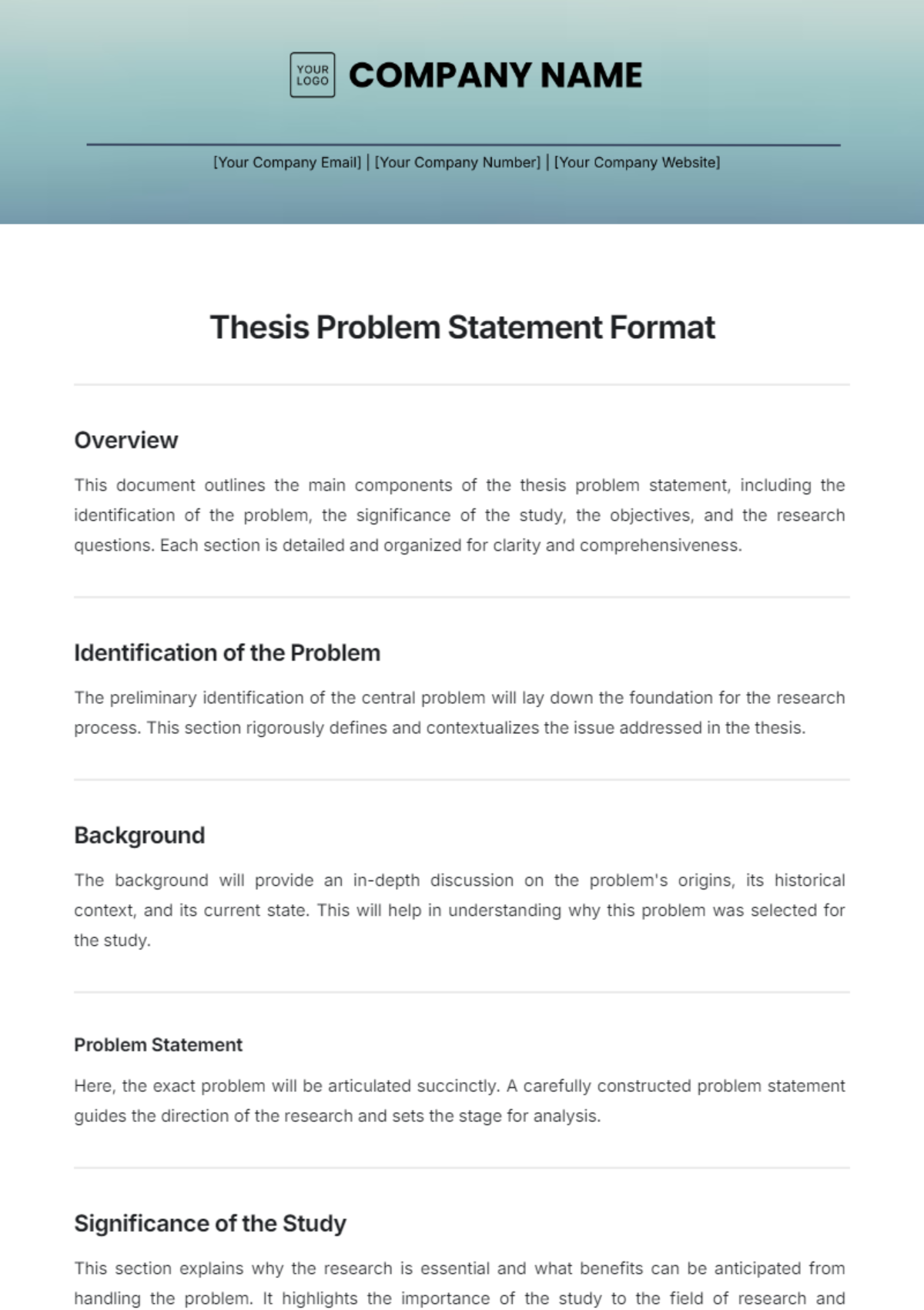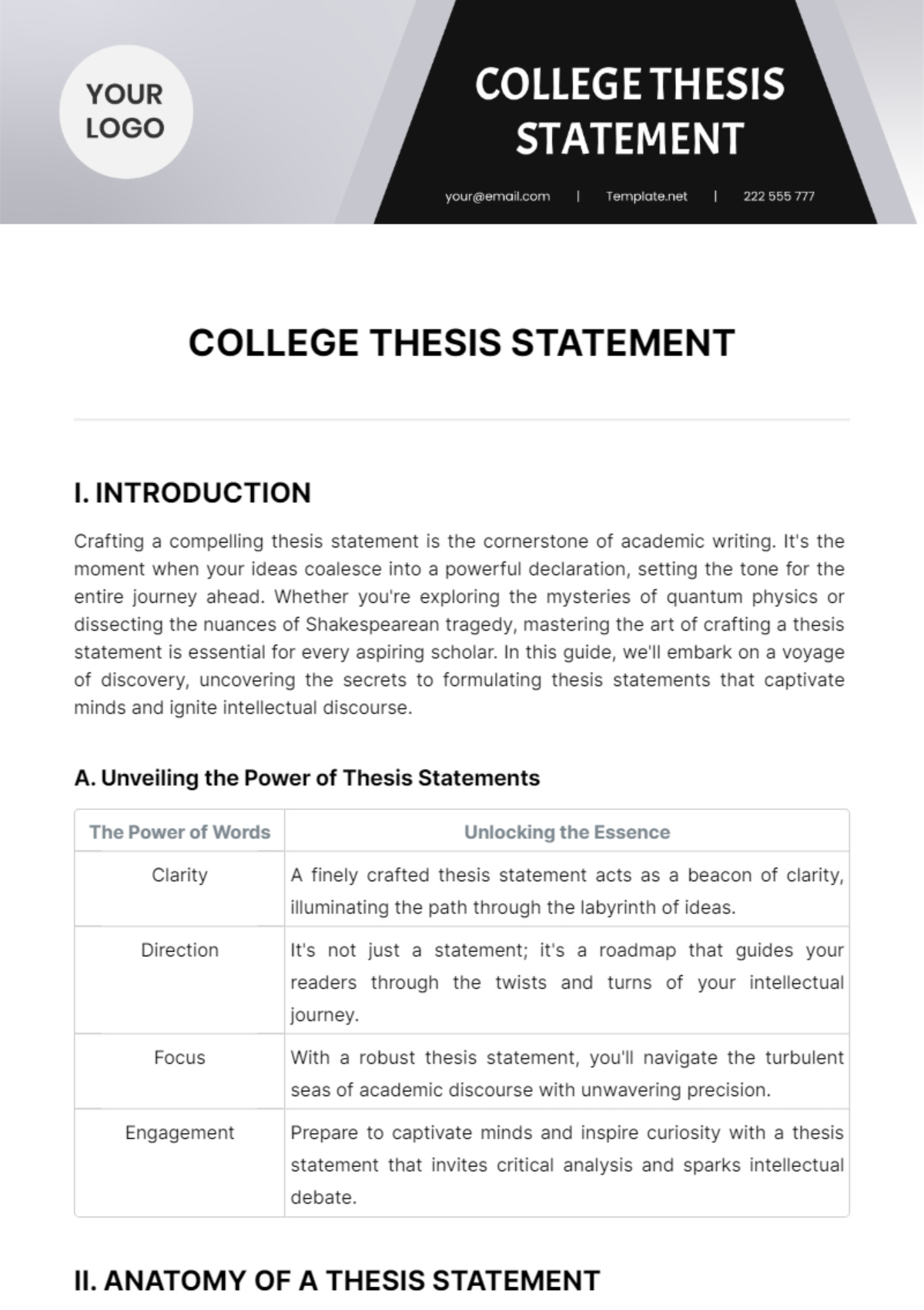Academic Teaching Philosophy Statement
At [Your Company Name], our teaching philosophy is grounded in the belief that education should be an empowering experience for all learners, nurturing intellectual curiosity, critical thinking, and lifelong learning. We strive to create an inclusive and dynamic environment that recognizes the diverse backgrounds, learning styles, and experiences of our students. This diversity enriches the learning process and enhances the educational experience.
1. Student-Centered Learning
Our teaching philosophy emphasizes a student-centered approach where students are active participants in their learning journey. We believe that each student brings a unique perspective to the classroom, and it is our responsibility to foster an environment where they feel valued and heard. By encouraging open dialogue, inquiry, and collaboration, we create a space that promotes self-reflection and critical engagement with the material. This approach ensures that students are not merely passive recipients of knowledge but are actively involved in the construction of their own learning.
2. Building Critical Thinking Skills
At [Your Company Name], we prioritize the development of critical thinking skills, which are essential for success in both academic and professional settings. We aim to guide students in analyzing complex issues, considering multiple perspectives, and formulating well-reasoned arguments. We achieve this by incorporating problem-solving activities, case studies, and discussions that challenge students to think deeply and independently. Our goal is to equip students with the cognitive tools to navigate an increasingly complex world, preparing them to be thoughtful and informed citizens.
3. Inclusivity and Diversity
We believe that inclusivity and diversity are not just values but essential components of effective teaching and learning. We are committed to creating an environment that respects and celebrates differences in race, culture, socioeconomic status, gender, and learning abilities. Our courses are designed to be accessible and adaptable, offering varied learning opportunities that meet the needs of all students. By fostering an inclusive classroom, we encourage students to see the value in diverse perspectives, preparing them to work collaboratively in a global and interconnected world.
4. Active and Experiential Learning
We incorporate active and experiential learning strategies to deepen student understanding and engagement. Hands-on experiences, real-world applications, and collaborative projects allow students to apply theoretical concepts in practical contexts. By integrating technology, fieldwork, and interactive assignments, we help students bridge the gap between classroom learning and real-world challenges. This approach not only enhances learning outcomes but also prepares students for future professional endeavors by fostering teamwork, communication, and problem-solving skills.
5. Lifelong Learning and Professional Growth
At [Your Company Name], we believe that education should extend beyond the classroom and foster a commitment to lifelong learning. We encourage students to take ownership of their learning and to see education as an ongoing process that extends throughout their lives. By fostering an environment of continuous improvement and professional growth, we hope to inspire students to become self-directed learners who seek out knowledge and new skills throughout their careers.
6. Use of Technology and Innovation
Incorporating technology into our teaching practices is integral to preparing students for the demands of the modern world. [Your Company Name] strives to stay at the forefront of technological advancements in education, using digital tools to enhance learning, communication, and assessment. Whether through online resources, interactive platforms, or digital simulations, we aim to create a rich and diverse learning environment that keeps students engaged and allows them to develop the digital literacy required for the 21st century.
7. Assessment and Feedback
We view assessment as a tool for both measuring student progress and supporting their growth. Our approach to assessment is diverse and includes formative and summative evaluations that allow students to demonstrate their learning in a variety of ways. Providing timely, constructive feedback is a key component of our philosophy, as it helps students identify areas for improvement and continue to develop their skills. We encourage students to use feedback as an opportunity for self-reflection and to engage in the ongoing process of learning.
Conclusion
At [Your Company Name], our teaching philosophy is designed to create a vibrant, inclusive, and intellectually stimulating environment where students can thrive. By focusing on student-centered learning, critical thinking, inclusivity, active engagement, and lifelong learning, we aim to prepare students for success both inside and outside the classroom. We are committed to fostering an educational experience that empowers students to reach their full potential and become thoughtful, capable, and engaged members of society.


















